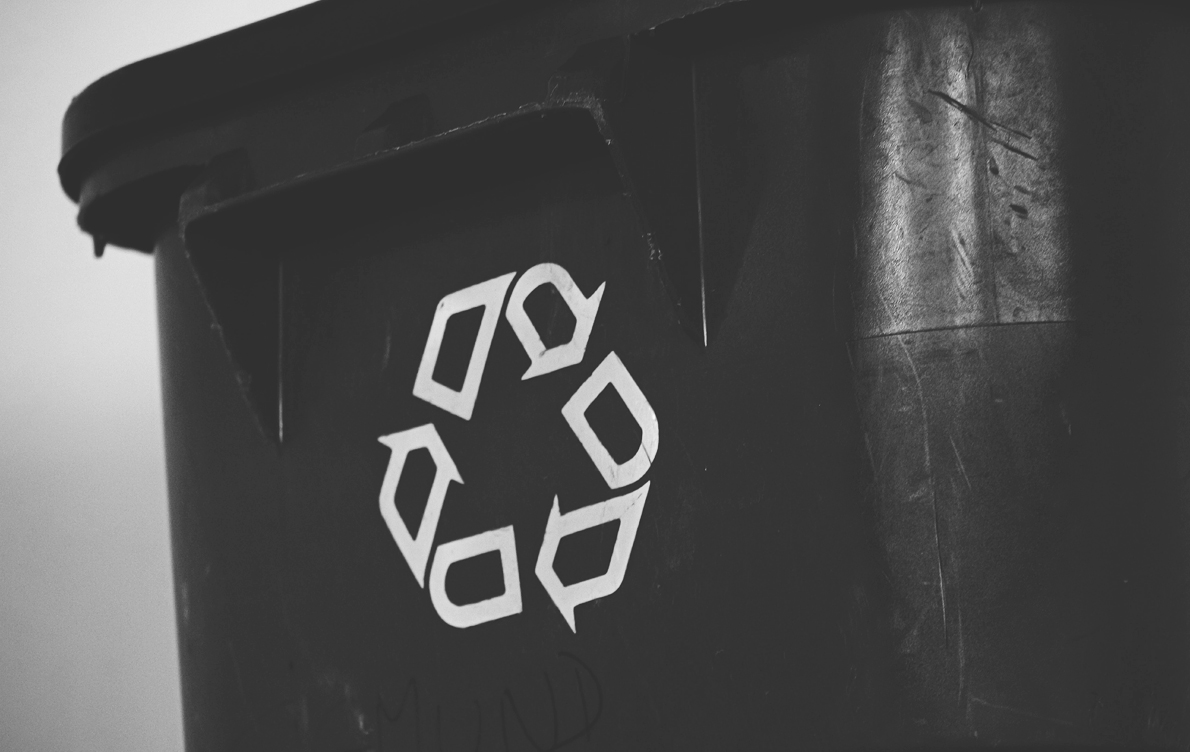What Every Business Owner Needs To Know About OSHA (Part Two)
This article, the second of a three part series, focuses on OSHA’s procedures during an inspection and outlines what employers should and should not do during an inspection.
1. What should I do or not do during an inspection?
There are certain actions that you should take to protect your interest during an OSHA inspection. These actions include:
(a) Check the inspector’s identification to ensure he/she is who he/she says he/she is.
(b) Ascertain from the inspector the reason for the inspection. If the inspection is the result of a complaint, you should request a copy of the complaint.
(c) Have someone from management escort the inspector through the entire inspection process i.e., from opening to closing conference.
(d) Document the inspector’s activities i.e, areas inspected, interviews, measurements taken, etc..
(e) If the inspector performs any monitoring i.e., noise or air monitoring, you should consider performing similar monitoring at the same time. The purpose of the “side by side” monitoring will allow you to document and confirm the results obtained by OSHA.
(f) Request the results of all monitoring performed by the inspector.
(g) At the closing conference, if the inspector indicates that violations have been found, determine why certain conditions constitute a violation. In addition, you should request from the inspector recommended methods to correct any alleged violations.
(h) Consult your attorney at the time an OSHA inspection is initiated and if at any time you are unsure how to respond to a certain requests made by the inspector.
The following is a list of “don’ts”:
(a) You should not forcibly interfere with the conduct of an inspection.
(b) You should not discriminate against or punish any employee who cooperates with OSHA or who may exercise his or her rights under the Occupational Safety and Health Act.
(c) You should not provide the compliance officer with false or misleading information. Providing false information to OSHA is punishable as a crime under the Occupational Safety and Health Act.
(d) You should not argue with or antagonize an inspector during an inspection.
2. How long will OSHA be at my facility?
OSHA will remain at your facility until it completes its investigation. The inspection could last a couple of hours or up to several months. The length of time is determined by the scope of the inspection i.e., whether it is confined to one area or the entire facility. It is also dependent on the type of inspection. That is, whether the inspector will be required to make subsequent visits to the facility to perform monitoring to establish employee exposure to workplace contaminants or noise.
3. Do I have to let my employees talk to the OSHA inspector?
OSHA inspectors are authorized to use various investigatory techniques, such as observing employees’ activities in the workplace, conducting employee interviews, and taking photographs and measurements in the workplace (i.e., air and noise monitoring).
The Occupational Safety and Health Act authorizes OSHA to interview employees privately to obtain whatever information is necessary or useful for the inspector to perform his or her inspection effectively. The interviews, however, must be conducted in a reasonable manner and within a reasonable time limit. If they appear to be unreasonable, you should consult your attorney. On occasions, interviews may be conducted at locations other than the workplace (e.g., employee’s house or OSHA Area office). OSHA’s regulations afford any employee the right to bring any alleged violation to the attention of the inspector.
OSHA inspectors are also authorized to take photographs or videos whenever such are deemed necessary. Generally, an employer cannot prohibit an inspector from taking photographs or videos because a certain process or equipment is a trade secret. To protect a trade secret, you should inform the inspector of the process or equipment that is proprietary. Once informed of trade secret status, the inspector is obligated to treat the information obtained from the inspection in a manner assuring confidentiality.
In order for OSHA to document employee exposure to chemical or physical hazards, it is often necessary for the inspector to perform monitoring. Typically, during the walkthrough phase of the inspection the inspector will identify certain areas where monitoring must be performed. The inspector may then return on another day to perform the monitoring, which may last for the full term of the work shift.
Monitoring employees for chemical and/or physical hazards usually consists of placing monitoring devices such as air samplers or noise dosimeters on the employees. The employer may not object to such investigatory procedures. Once the monitoring devices are placed on the employees, the inspector will observe the employees throughout the day and document their work practices, use of personal protective equipment and other relevant information.
As the law continues to evolve on these matters, please note that this article is current as of date and time of publication and may not reflect subsequent developments. The content and interpretation of the issues addressed herein is subject to change. Cole Schotz P.C. disclaims any and all liability with respect to actions taken or not taken based on any or all of the contents of this publication to the fullest extent permitted by law. This is for general informational purposes and does not constitute legal advice or create an attorney-client relationship. Do not act or refrain from acting upon the information contained in this publication without obtaining legal, financial and tax advice. For further information, please do not hesitate to reach out to your firm contact or to any of the attorneys listed in this publication.
Join Our Mailing List
Stay up to date with the latest insights, events, and more





